Varanasi is an Onion
Varanasi and the onion! Strange connection huh? The reason I say that is because you can keep peeling off layers of this city, like an onion. To reveal a whole new city. Just like the onion. It is a city that lives in layers. Peeling off one by one. Like the seven veils of Salome. Some cities are like that. Berlin for instance. Or Istanbul. Or even London. The traveler can choose the layer which he/ she prefers. The inner layers are visible only to those who look hard enough to peel the layers.
Where eternity stands still, while time moves on…
Lovely, deep thought, isn’t it? Its not my line – I read it somewhere (I wish it was mine though… 😉).
This picture that I took on my first visit there, typifies Varanasi for me. It is not a great picture. It doesn’t capture the foggy, unclear, yet beautiful morning. Or the sounds of Har Har Mahadev and Om Namah Shivaya mingling with the calls of the tea vendor. Or the journey into the vast river. Each one on a different journey on the massive river. Not knowing what the fog will reveal next minute. Yet journeying on. A metaphor for life, don’t you think?
But that is the essence of Varanasi – timeless, philosophical and pregnant with symbolism. And difficult to explain. Let me try…
Varanasi – Older than history
Varanasi has many names – Banaras, Benaras, Kashi, etc. The legend is that Lord Shiva and his consort, Goddess Parvati stood here together in the beginning of time. It’s a place where the Gods walked as men and women. The city was a beacon of light and glory through devotion and education. In fact, one the names of this city, Kashi, comes from the word “Kash” which means “to shine”.
It was also referred to as Avimukta (one that is never forsaken by Lord Shiva), Anandavana (the jungle of joy) and Rudravasa (abode of Lord Shiva)…
When you are so old, you are bound to have many names… And this city is old – really old. They say it is older than history! Mark Twain once wrote on Varanasi in his typical style. “Benares is older than history, older than tradition, older even than legend, and looks twice as old as all of them put together.” 😊 And he was right!
I’m sure many cities lay claim on being the oldest – some may be true also… But I believe this claim of Varanasi being the oldest. Its easy to believe it once you visit the place. This is a city that I didn’t particularly like when I got off at the railway station for the first time… But quickly grew to love. And have visited many times hence… Let me try and describe the enigma that Varanasi is.
Varanasi, the land of myth, mythology and legend
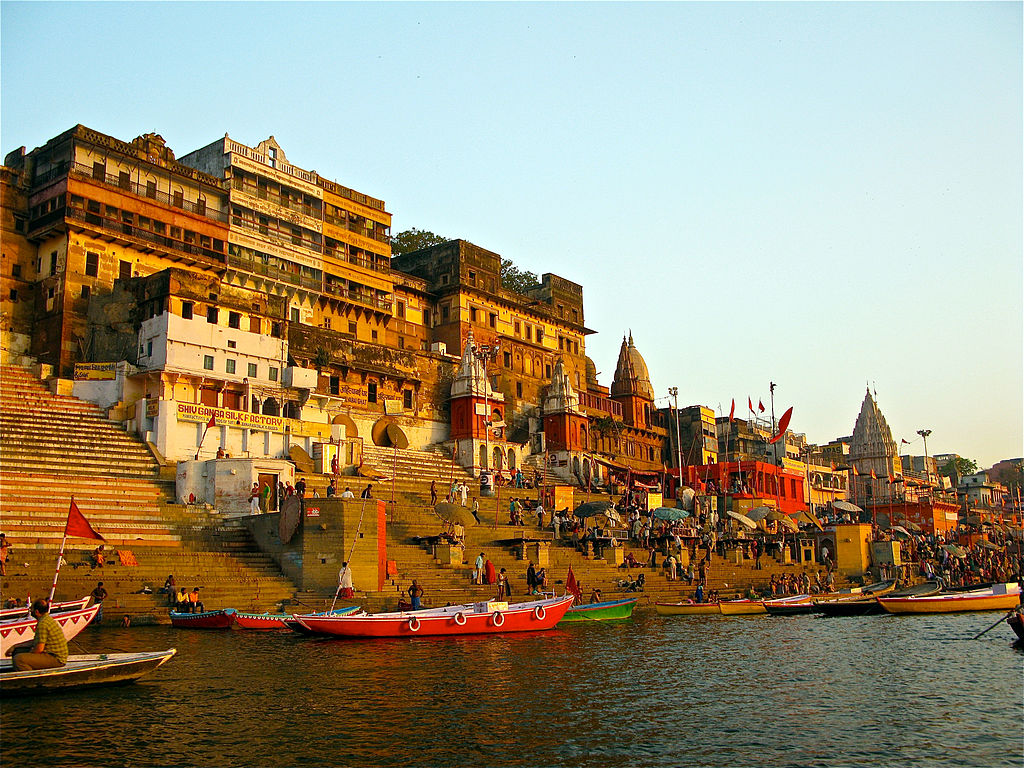 This is the Land of Lord Shiva. The oldest city. The Land of myth, legend and mythology. Where all of these collide with the modern world and create a fog that is difficult to penetrate at first.
This is the Land of Lord Shiva. The oldest city. The Land of myth, legend and mythology. Where all of these collide with the modern world and create a fog that is difficult to penetrate at first.
Varanasi in the ancient legends
This is the land that is described as the purest of the pure. The Puranas (ancient written records, histories and stories) of India have it that this city was built by Lord Shiva himself. About 5000 years ago. In fact, there are mentions of the city in the Puranas, the Rigveda, the epics Ramayana and the Mahabharata! In the Skanda Purana, Lord Shiva speaks of this land.
The Hindus believe that when the earth was created, the first light landed here in Varanasi. Even the Buddhists and the Jains believe in the holiness of Varanasi. In fact, the 23rd Tirthankara of the Jains, Lord Parshvanath, was born in Varanasi. And the Buddha’s first sermon was in the nearby town of Sarnath. This is the spiritual capital of India!
The Hindu belief is that this is Lord Shiva and his consort Goddess Parvati’s home. And hence, whoever dies here gets Moksha immediately. That is, freedom from the cycle of birth and rebirth…
History of Varanasi
As I said, this city predates history. So, I can’t really talk about history here. For instance, recent archeological efforts in 2 sites (Aktha and Ramnagar) near Varanasi found daily use artefacts from 1800 BC! Here are a few major recorded events that happened here, to give you an idea.
- The Buddha founded Buddhism here with his first sermon in 528 BC.
- Huien Tsang, the famous Chinese traveler of yore visited Varanasi around 635 AD. He called it Polonise and said it was a major center of religion, art and commerce.
- It was in Varanasi that Adi Shankara, the first Shankaracharya of Hinduism, established Shaivism as an official sect of Hinduism in the 8th century AD.
- Banaras (Varanasi) was the second capital of King Chandra Deva, of the Gahadavala dynasty, in the 11th century AD. The Pala and Chero dynasties ruled Varanasi till the Mughals conquered it.
- Tulsidas wrote the Ramcharit Manas on Shri Rama here.
- The Bhakti movement luminaries like Kabir Das and Ravidas were born here.
- In 1507, the founder of Sikhism, Guru Nanak, visited Varanasi for Maha Shiv Ratri. It is said this trip led to the founding of Sikhism.
- The 16th century Mughal emperor, Akbar, was a patron of the city and built a couple of temples here.
- The Maratha and Bhumihar kings built most of the current city in the 18th century.
- And then the British. During the Indian Rebellion of 1857, they massacred a huge number of Indian troops here. And torched quite a bit of the city.
Varanasi now
Numerous temples dot this city, providing hope to millions of devotees. The most famous among them being the Vishwanath, Annapoorna Devi and Sankat Mochan temples.
This city has housed many luminaries… Vallabhacharya, Munshi Premchand, Pandit Ravishankar, Pandit Hariprasad Chaurasia, Ustad Bismillah Khan – the list can go on… The famous Hindu text of Ramcharit Manas was composed by Tulsidas here.
It is not all serious traditions that happen here – there is the quirk too. For instance, every monsoon, priests marry off frogs at the Ashwamedh Ghat by the Ganges! They then release them in the river! Quite a ceremony to behold…
Varanasi – the City of Ghats
Varanasi is located at the junction where the Rivers Varuna and Assi join the holy River Ganges. This is the city of Ghats by the river Ganges! A Ghat is a set of steps to go into the river. The Ghats are where the rituals and pujas are conducted by devotees and pilgrims. Even the ritual baths and cremations…
There are 84 Ghats in this city – the famous ones and the not so famous one. In a sense, the city starts off at the Ghats and then expands inwards, away from the Ghats. Most of the Ghats have a story and specific significance. This is reflected as you proceed from the Ghat away from the river. Thus, forming the city! These are essential to the Hindu – they are a vital cog in the Physical, Metaphysical and Supernatural chain of elements.
Dashashwamedh Ghat
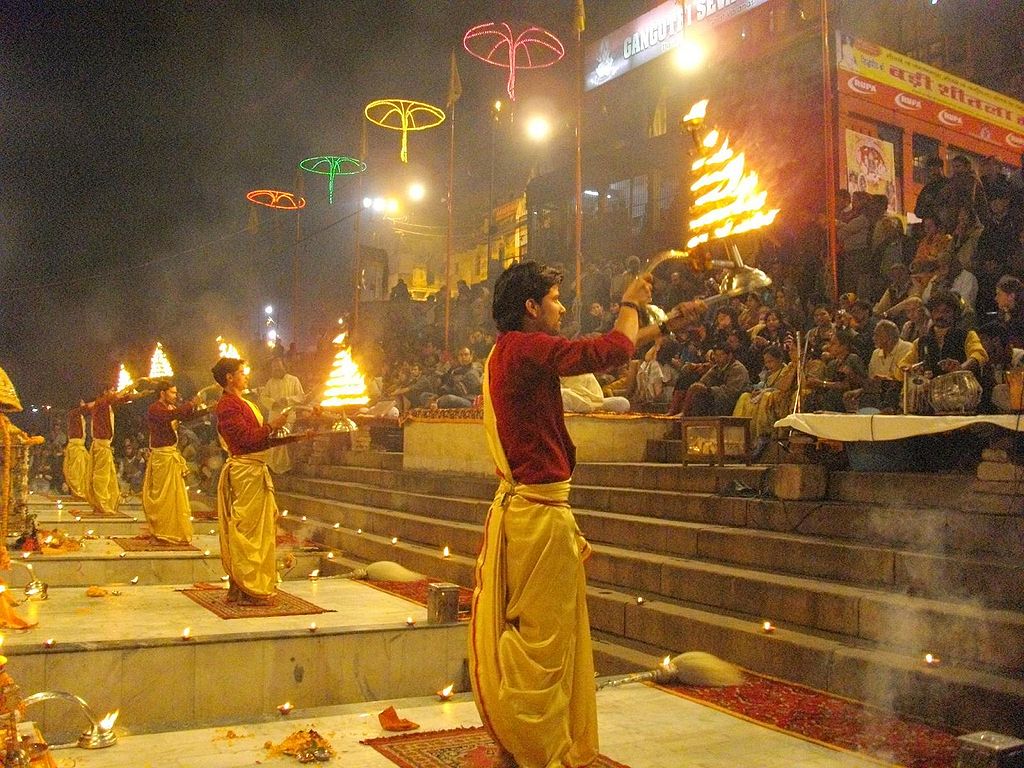 This is the primary Ghat. It is near the main temple – the Kashi Vishwanath Temple. The legend is that Brahma created this Ghat in honor of Lord Shiva. The daily evening fire-worship, “Agni Pooja”, is quite a sight.
This is the primary Ghat. It is near the main temple – the Kashi Vishwanath Temple. The legend is that Brahma created this Ghat in honor of Lord Shiva. The daily evening fire-worship, “Agni Pooja”, is quite a sight.
Manikarnika Ghat
 My favorite one. It is called the Gateway to heaven. This is the main cremation ghat in Varanasi. A place where legend has it that there has never been a second where there was no funeral pyre burning… Since creation of the world!
My favorite one. It is called the Gateway to heaven. This is the main cremation ghat in Varanasi. A place where legend has it that there has never been a second where there was no funeral pyre burning… Since creation of the world!
The Legend of the Dom Raja
The Dom Raja is the most powerful man in the crematorium. He controls the entire operations there. The story goes that once while bathing, Lord Shiva’s consort, Goddess Parvati’s earring fell in the river. Lord Shiva asked 7 priests there to find it. One of them found it, but said he hadn’t. Lord Shiva then cursed them to perform funeral rites for eternity. They and their families still do it. They live by the Ghats for generations. In fact, the stoves in their house are, by tradition, supposed to be fired with logs from the funeral pyres of Manikarnika Ghat!
Jain Ghat
This is the birthplace of two of the Jain Tirthankaras – Suparshvanatha, the seventh Tirthankara and Parshvanatha, the 23rd Tirthankara.
Varanasi, the city of Temples
 There are more than 20,000 temples in this city. Here are some of the most popular ones.
There are more than 20,000 temples in this city. Here are some of the most popular ones.
Kashi Vishwanath Temple
This is one of the 12 Jyotirlinga Shiva temples in the world. Hugely venerated, it is a must-visit temple for most Hindus. The original temple was destroyed and rebuilt several times over.
Sankat Mochan Hanuman Temple
A beautiful temple dedicated to the God Hanuman. The locals believe that it is built on the place where Saint Tulsidas had a vision of God Hanuman.
Durga Mandir and Durga Kund
The 16th century Durga Mandir and the 18th century Durga Kund draw devotees of the Goddess. Another Goddess temple is the Annapurna Temple.
Parshvanath Jain temple
This is dedicated to Parshvanath, the 23rd Tirthankara of Digambara Jainism. It is located in Lord Parshvanath’s birthplace, Bhelapur, near Varanasi.
Varanasi, the city of Mosques
This city also houses many mosques – 15 of which are historically significant. The more famous among them are the Abdul Razzaq, Alamgir, Bibi Razia, Chaukhambha, Dhai Nim Kangore, Fatman, Ganje Shahada, Gyanvapi, and Hazrat Sayyed Salar Masud Dargah.
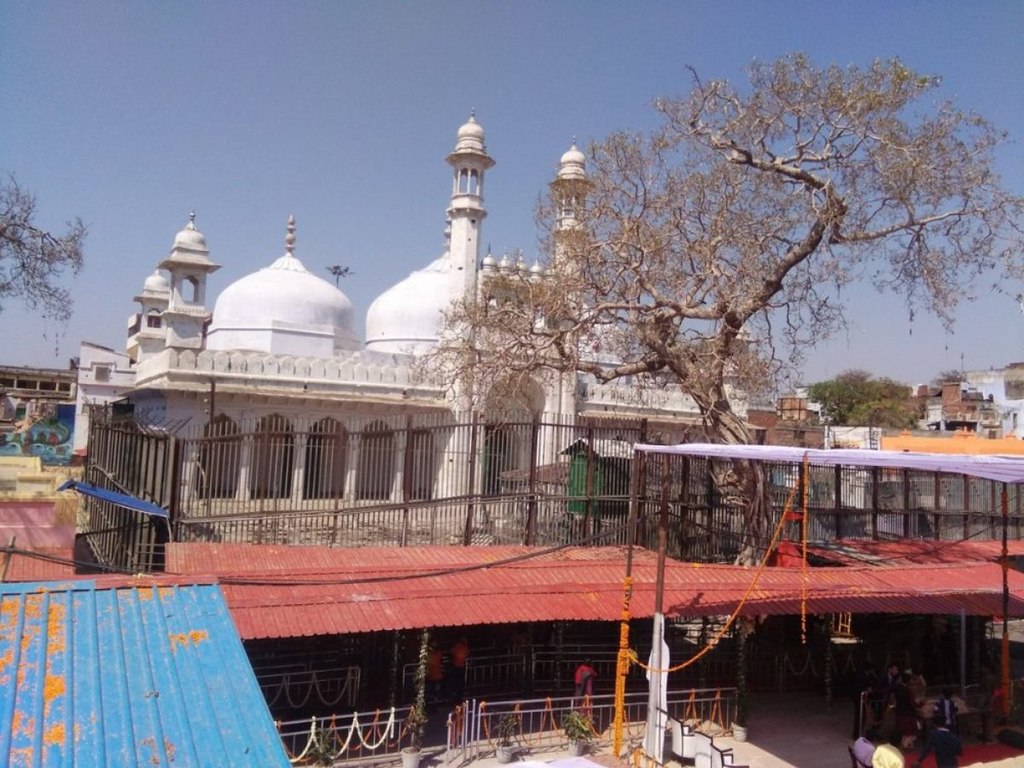 Gyanvapi Mosque
Gyanvapi Mosque
This was built by the Mughal emperor Aurangzeb in 1664 AD. Interestingly, GyanVapi means “the well of knowledge” in Sanskrit. By the way, the front of the mosque looks like the Taj Mahal of Agra.
Alamgiri Mosque
Another mosque built by Aurangzeb, this time in his own name. Alamgir is the title which he had adopted for himself. This is located in Panchganga Ghat. It has an interesting architecture – a blend of Islamic and Hindu styles.
The Mythology of Varanasi among Hindus
A city that was founded by Lord Shiva himself
There are 3 primary Gods in Hinduism – Brahma, Vishnu and Shiva. Once during a war between Lord Shiva and Brahma, Lord Shiva tore off one of Brahma’s 5 heads. He carried it around with him. This fell off and disappeared into the ground in Varanasi. He considered it a holy land and built the city here.
The Pandavas of the Mahabharata
The ancient Hindu epic, Mahabharata, speaks of the war between brothers in a family. The Pandavas win finally. They then had to atone for their sin of fratricide. They came to Varanasi to pray to Lord Shiva for this. There are 7 seven holy cities according to Hinduism, the SaptaPuri, that can provide Moksha or liberation from the cycle of life. These are Ayodhya, Mathura, Haridwar, Varanasi, Kanchi, Avanti and Dwaraka.
The Mahabharata Connect
The Pandavas and the Kauravas were brothers (first cousins) who faced off against each other in the Mahabharata war. Incidentally, the great-grandmothers of the Pandavas and Kauravas, Ambika and Ambalika, were princesses of Kashi (Varanasi). Bhima, one of the Pandavas, married Valandhara, another Princess of Kashi. Their child, Sarvaga, became the King of Kashi later. The eldest Kaurava prince was Duryodhana. His wife was also a Kashi princess – Bhanumathi.
Varanasi and the onion
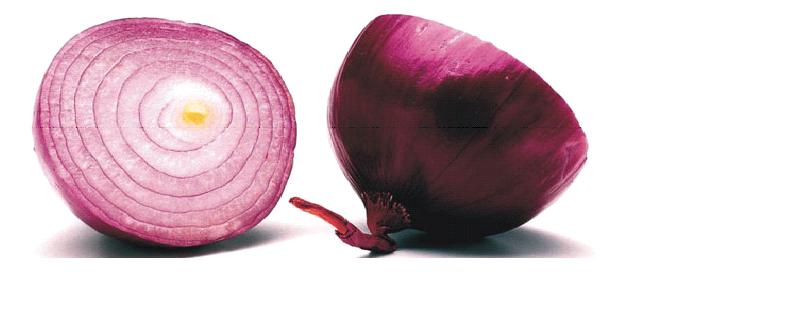 Varanasi on surface is a city. Bustling. Trading. Rushing. Peel away the outer crust of commerce and there you have the religious Varanasi. Traditions, rituals, beliefs, superstitions. The next layer is one of history. After all, if you are that old, you will have a history – checkered at times… 😉. And, then, there is the layer of rationale and education. The one of deep-rooted, ancient culture… Much deeper down is the layer of philosophy – deep philosophy.
Varanasi on surface is a city. Bustling. Trading. Rushing. Peel away the outer crust of commerce and there you have the religious Varanasi. Traditions, rituals, beliefs, superstitions. The next layer is one of history. After all, if you are that old, you will have a history – checkered at times… 😉. And, then, there is the layer of rationale and education. The one of deep-rooted, ancient culture… Much deeper down is the layer of philosophy – deep philosophy.
The city peels to show you the next layer. Similarly, it peels the traveler’s mind to go deeper and deeper. Into the self. I have found most of my introspective moments in this city. Doing the most mundane of things – eating the fab roadside snacks or gazing at the river or lounging on the Ghats or getting caught in the frenzy of the Ganga Aarti…
The Philosophy at the core of Varanasi
The philosophy that permeates the city of Varanasi is the essence of Lord Shiva. This is represented by the ubiquitous mantra “Om Namah Shivaya”. This is the ultimate mantra in Shaivism and very popular among all Hindus. It essentially underlines the ancient Hindu belief of the universal consciousness being concentrated into one. And that concentration point is what is called Shiva.
Namah Shivaya
 “Namah Shivaya” is a simple mantra of 5 syllables. It is called the Panchakshara and conveys the deepest meaning of the philosophy. Of one-ness between God and man in one consciousness. No education or intellect is required to understand this – its that simple. Of course, understanding this simplicity comes from a lot of study and meditation and effort. After all, the effort behind designing the simplicity of the Apple iPhone is far more than designing a more complicated phone, don’t you think?
“Namah Shivaya” is a simple mantra of 5 syllables. It is called the Panchakshara and conveys the deepest meaning of the philosophy. Of one-ness between God and man in one consciousness. No education or intellect is required to understand this – its that simple. Of course, understanding this simplicity comes from a lot of study and meditation and effort. After all, the effort behind designing the simplicity of the Apple iPhone is far more than designing a more complicated phone, don’t you think?
The symbolism
Some traditions believe in the mantra symbolizing the Pancha Bodha Tattva of Shiva and the one-ness of the 5 elements with the universal consciousness – Shiva. The 5 syllables of in the mantra of Na, Ma, Shi, Va and Ya represent the 5 elements of Earth, Water, Fire, Air (Pranic) and Sky.
There are various other interpretations of this focusing on Lord Shiva’s form and its oneness with man’s soul. This connects the Lord’s hidden and obvious grace, the world, Lord Shiva and the soul together into one universal consciousness. Yet another interpretation is that the mantra focuses on Lord Shiva’s body. Where each syllable represents Lord Shiva’s feet, navel, shoulders, mouth and brain which come together to form the complete Lord Shiva.
Different thoughts but the idea it brings out is the same. Oneness of the whole.
Usage of the Mantra
This mantra is believed to be auspicious and hence used before and during all important life events. It is part of the daily prayer for most Hindus. Varanasi reverberates to this in the mornings and evenings during prayer-time. It is also believed to have health benefits. And hence the attendant commerce. Then there is the philosophical content to it. And used by meditators on life. And death. It essentially questions duality. It takes Right and Wrong, Pure and Impure, Beautiful and Ugly, etc. and mixes them up into one complex whole. And then there is no right or wrong. No beautiful or ugly. There is only a being. A Shiva.
The connect and the core
In case you are a meditator, please try and connect the thought of this oneness and non-differentiation. And try to answer questions that come to the mind of every visitor to Varanasi.
Why is the city so dirty? How can so many people live in such close proximity? Can a temple and squalor co-exist? How can a river so dirty be cleansing? Can the Ganga be used for daily ablutions and also for prayer? How can a river so “abused’ during the day be worshiped in the evening Aarti? Can birth be celebrated in one Ghat while in the next Ghat a corpse is being burnt? What is Purity? And the significance of the Ganga? What is Life? And Death?
Figure it out for yourself. A hint – the answer lies in taking metaphorical leaps of imagination. And the Panchakshara mantra celebrating Oneness… Bob Dylan, of course, believed that the answer is “blowin’ in the wind”. 😉
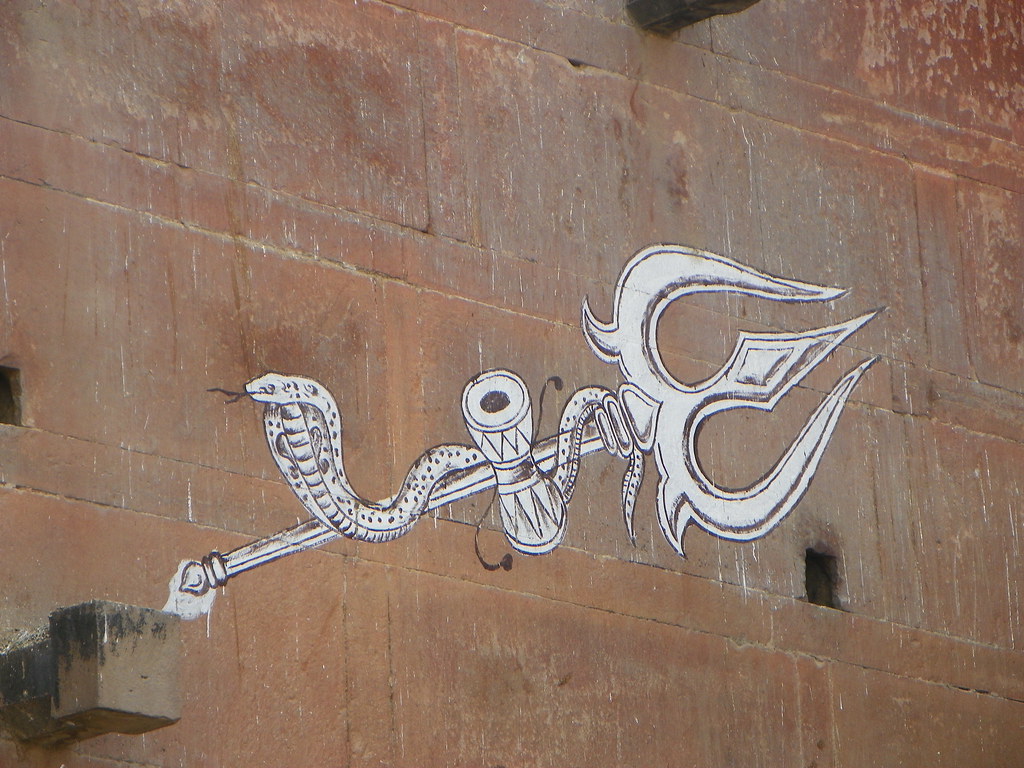 Life, Death, Creation, Spirituality, Mythology and the Philosophy – the Onion of Varanasi
Life, Death, Creation, Spirituality, Mythology and the Philosophy – the Onion of Varanasi
As an Aghori sadhu that I was fortunate to meet at Manikarnika Ghat said, “The biggest cause of Death is Birth. So why fear one and celebrate another?” Deep huh?
Interesting isn’t it? One truth of oneness. Various renditions coming up as you peel more and more… What did I say about Varanasi being an onion?
This philosophy cuts through to almost all thinkers and seekers irrespective of faith… Even the seeker in the iconic Eat, Pray, Love was given the chant of “Om Namah Shivaya” by her Guru. She was probably wrong about the meaning that she ascribed to it. But what does it matter, when right and wrong are one… 😉
Varanasi and Om Namah Shivaya
This mantra symbolizes the city. Varanasi is a state of mind. One that encompasses everything. And questions everything – right and wrong, life and death, creation and destruction. It requires imagination and effort to understand the city. Once you understand the essence of this philosophy, Varanasi is pure Joy. I have found this in incidents across my travels. Here are some of my travel musings on Being Shiva.
Things to do
There are many must-do things in Varanasi. But the absolute must-must-do is to take long rambling walks without an aim. In true Lord Shiva style… 😉 And, hey, don’t forget to walk around and experience the Ghats in the night… and early mornings…
Believe you me, that will ensure all the must-dos are covered… Here are a few places to visit and experiences to enjoy:
Boat ride
It’s quite an experience to take a boat cruise on the Ganges to see the sunset. The Ghats from the river are a sight to see. Oh, and try and see the Ganga Aarti from the river in the evening.
Sample the local food
The food here is outstanding. Especially the street food. In fact, every street leading up from the Ghats seem to specialize is a particular kind of food. The locals will tell you names of the streets with the best food of the kind that you desire. Name the kind of food you want and you will get it here – North Indian, Bengali, South Indian, Italian, British, Chinese… Mostly vegetarian options though… Take your pick and chomp away. I suggest you try them all… Without guilt. And hit the gym when you get back home from Varanasi… 😉
Sample the local intoxication
There isn’t too much alcohol here. Some of the high-end restaurants do serve. As also some government approved liquor shops. But that you can have anywhere…
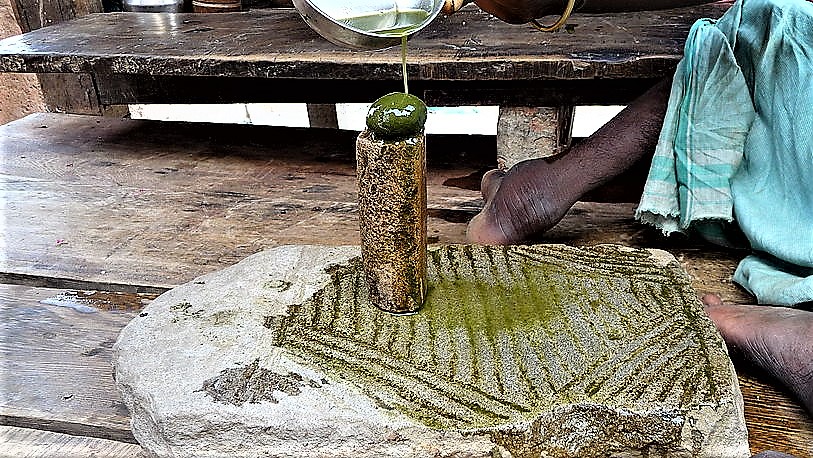 The intoxicant of choice here is Bhang. It is a powdered form of marijuana. Shops sell it legally here! They mix it in a drink called “lassi”. This is a drink made of sweetened yoghurt, dry fruits and cream. When Bhang is added to this, it makes it a potent drink! And healthy at the same time I guess… 😉 It is actually offered to Lord Shiva and consumed as Prasad or blessing of Lord Shiva. A must-try here… Careful though – it can be more potent than you think.
The intoxicant of choice here is Bhang. It is a powdered form of marijuana. Shops sell it legally here! They mix it in a drink called “lassi”. This is a drink made of sweetened yoghurt, dry fruits and cream. When Bhang is added to this, it makes it a potent drink! And healthy at the same time I guess… 😉 It is actually offered to Lord Shiva and consumed as Prasad or blessing of Lord Shiva. A must-try here… Careful though – it can be more potent than you think.
Walk along the Ghats
Spend time at all of them. Especially the Dashashwamedh, Panchganga, Jain, Manikarnika and Harishchandra Ghat. Harishchandra Ghat and Manikarnika Ghat are cremation Ghats. Try and spend some time, late night at the Manikarnika Ghat.
Ramnagar Fort
This 18th century Mughal-style fort is the residence of the King of Varanasi. The much-respected Kashi Naresh.
Temple visits
There are more than 20,000 temples in this city. Take your pick from them… Must-visits are the ancient Kashi Vishwanath Temple of Lord Shiva, Sankat Mochan Hanuman Temple and the Durga Temple.
Sarnath
This is located about 10 kms from Varanasi town. At the place where the Rivers Ganges and Varuna meet. The deer park here is the place where the Buddha gave his first sermon after attaining enlightenment.
Jantar Mantar
This 18th century observatory is near the Dashashvamedh Ghat. Though not as lavish as the ones in Delhi and Jaipur, this is a close replica.
Other significant places of interest
This city is full of sights. Here are some more that I can recollect –Aghor Peeth, Alamgir Mosque, Central University for Tibetan Studies, Banaras Hindu University…
Banarasi Sarees
This is an ancient craft – making the most gorgeous (and expensive) of Indian silk sarees. The Momin Ansari Muslims are the main silk weavers here. Most of them are on perpetual work-from-home basis… The Banarasi sarees themselves are very famous across India. Fine silk, gold and silver brocades – they are quite grand. Of course, mechanization and computer-aided design is killing this industry now. As are the Chinese silk imports.
Shopping
Lots to buy here depending on your interests – hand-made Mirzapur carpets and rugs, brass and copper showpieces, toys, jewelry, musical instruments, books, mangoes, milk sweets…
Where to stay
Where to stay depends on what you are looking for. If you are a bit of a luxury/ comfort seeker, then stay on the outskirts. However, if you want to breathe the city and really experience Varanasi, stay close to the Ghats. It may not be as luxurious in terms of stay but there are comfortable options. And the nerve-center of the city is within walking distance. I always take the latter option.
How to get there
Varanasi is a city on the banks of the River Ganga or Ganges. It is about 300 km from Lucknow and about 120 kms from Allahabad. Varanasi Junction is the railway station. Varanasi also has an international airport.
When to visit
Summer is from April to June. The monsoons are from July to October. The winters are nice – warm days, cold nights and fog. But it is not uncomfortably cold even in the peak winter nights – maybe around 5 degrees Celsius. I quite enjoy going there in winter. The narrow streets of the city get very messy during the monsoons. But it has a charm to it. The summer is unbearably hot (can go up to 45 degrees Celsius – so I avoid it. But that’s me. You take your pick. In that sense, it’s a city for all eternity – what do seasons matter… 😉
And then there are more…
Read about some of the other interesting places in Mysterious India. Or maybe the places of spiritual significance in India?
In case culture is of interest, check out the places of cultural interest in India. And if history is your interest, check out some of the places of historical interest in India.
India is a many-faceted country. It celebrates the mysterious, cultural, natural, wildlife, spiritual and more… Here is some more information on these facets of India, to help you travel beyond the regular tours and packages to India.
And if you are looking to have interesting experiences around India, Asia, Europe or Africa, visit Beyonder Travel.

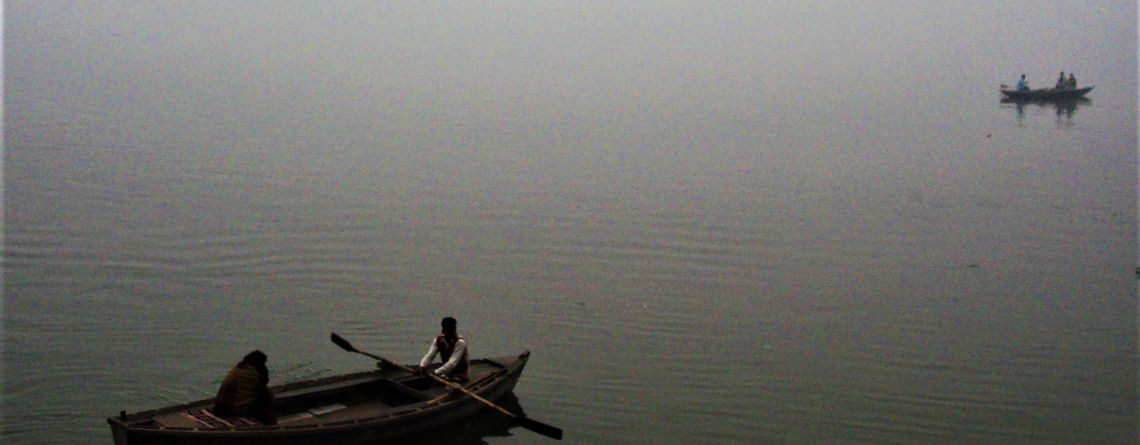


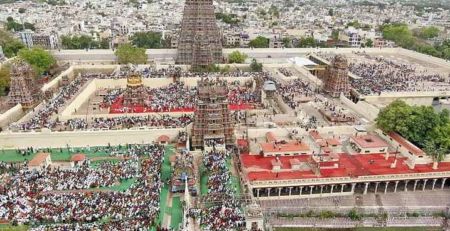

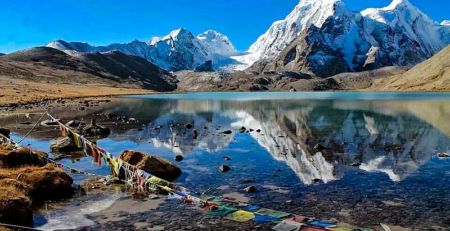


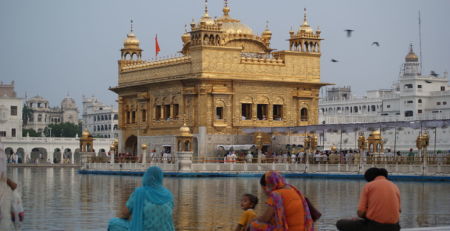
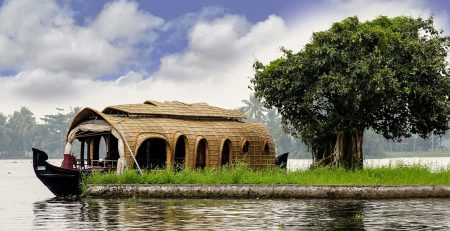
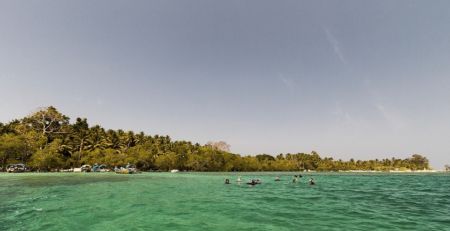
Comments (2)
One of a kind write up. Really enjoyed reading it..
Thanks. I’m glad you liked it… Varanasi is must-visit place…